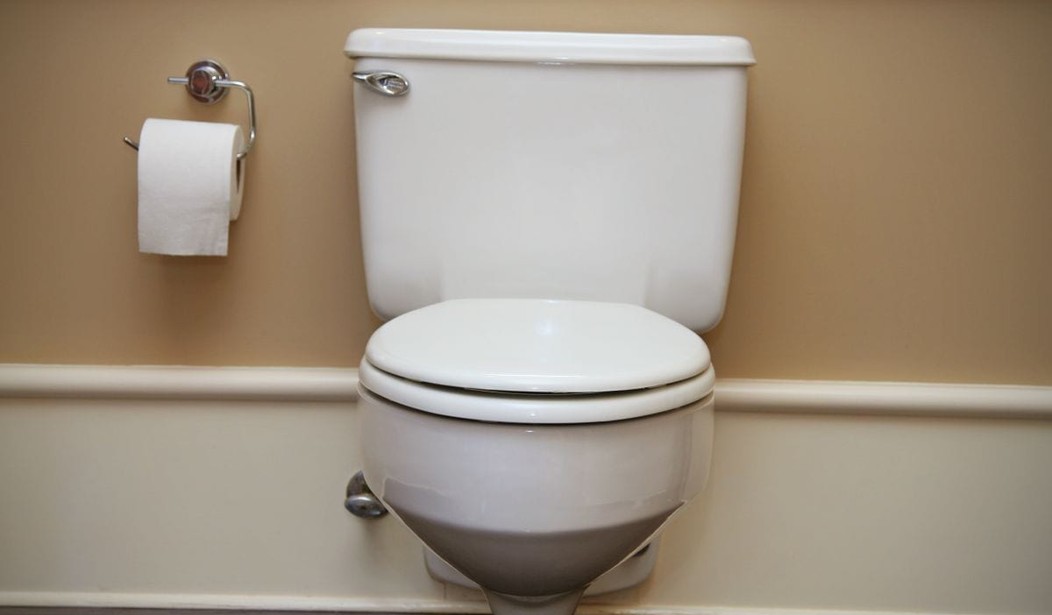November 19 is designated by the United Nations as “World Toilet Day.” It sounds like a joke, but it isn’t. That’s because 4.5 billion people around the world live without a convenience that almost all of us in the U.S. and most of the western world take for granted — the humble toilet.
Think of what life was like before modern sanitation. It wasn’t pretty. Urine was collected in chamber pots or other containers and then dumped in the streets. The same unsanitary method was used to get rid of feces. If it wasn’t dumped in the streets, it was collected and dumped in the nearest river or waterway. This was usually the same place residents drew their drinking water.
Needless to say, millions got sick and died of typhoid, cholera, and other diseases associated with poor sanitation.
Toilets and indoor plumbing used to be luxuries available only to the aristocracy. Even then, the waste ended up being dumped in the same source of drinking water. It took modern urban planning to begin to address the problem, and that included mandating toilets for all residences, an adequate sewer system, and a place to dump human waste that wouldn’t contaminate the drinking water.
Today, one in three people on the planet don’t have access to a toilet or proper sanitation.
Some 4.5 billion people live without a working toilet in their home, meaning they are exposed to disease and made vulnerable to attack. As well as a public health issue, it’s a drain on resources. Around $260bn (£197bn) a year is spent in developing countries on dealing with the effects of poor sanitation – money that could be spent elsewhere.
To ensure access to a clean toilet doesn’t remain the preserve of urban areas in the developed world, the UN hopes to reach everyone with sanitation by 2030, as well as halve the proportion of untreated wastewater and increase the recycling and safe reuse of water.
“For that to be achieved, we need everyone’s poo to be contained, transported, treated and disposed of in a safe and sustainable way,” the UN’s World Toilet Day website urges. “Today, for billions of people around the world, sanitation systems are either non-existent or ineffective and, consequently, progress in health and child survival is seriously undermined.”
In India, the lack of toilets isn’t just a problem of proper sanitation. For some women, it’s a matter of personal safety:
The lack of access to clean and safe toilets is a huge issue in India. Half of the population has no access to a lavatory. And in Mumbai’s M-East slum most houses don’t have sanitation or water facilities. Earlier this year, three men died after they fell into a toilet.
Open defecation is also a factor in 50% of rape cases in India, as men have been known to assault women as they relieve themselves. As a result, some of the poorest women are too afraid to empty their bladders at nighttime for fear of being targeted.
While raising awareness of the need for more toilets in the world, perhaps those of us fortunate enough to live in societies that possess the resources to make basic sanitation a priority could take a moment and think what it would be like to live in a place where there were no toilets and where the chances of becoming seriously ill because of poor sanitation were high.










Join the conversation as a VIP Member